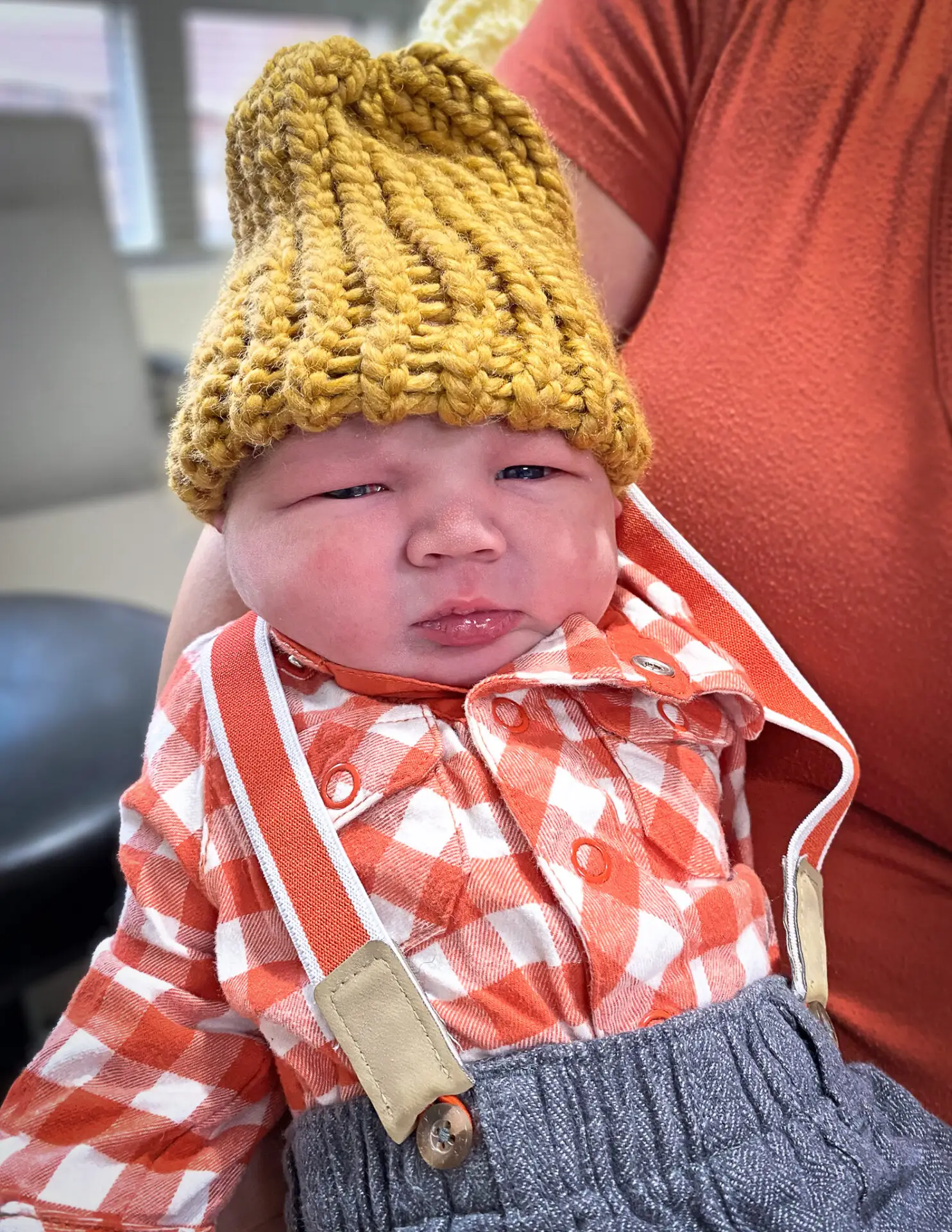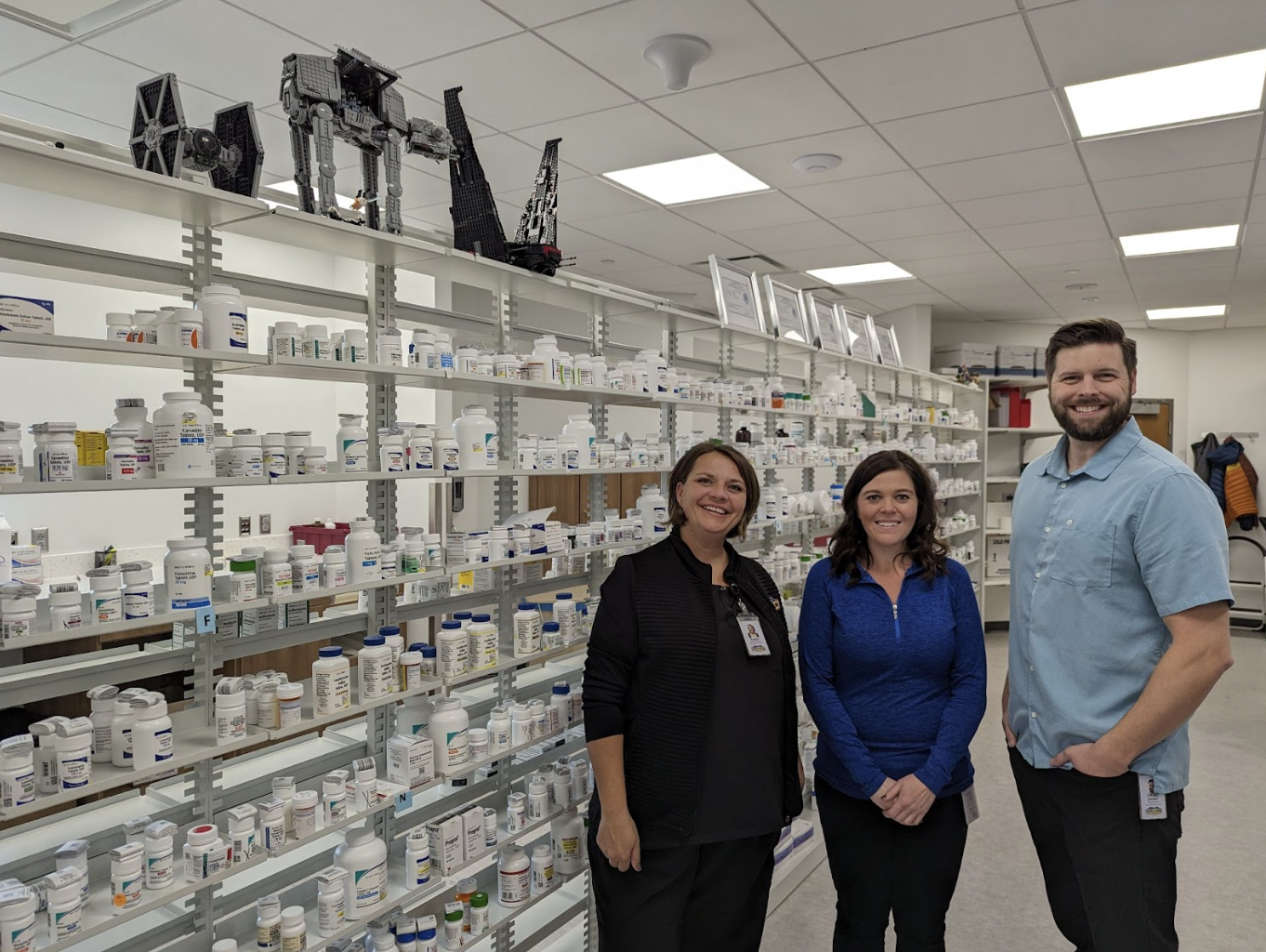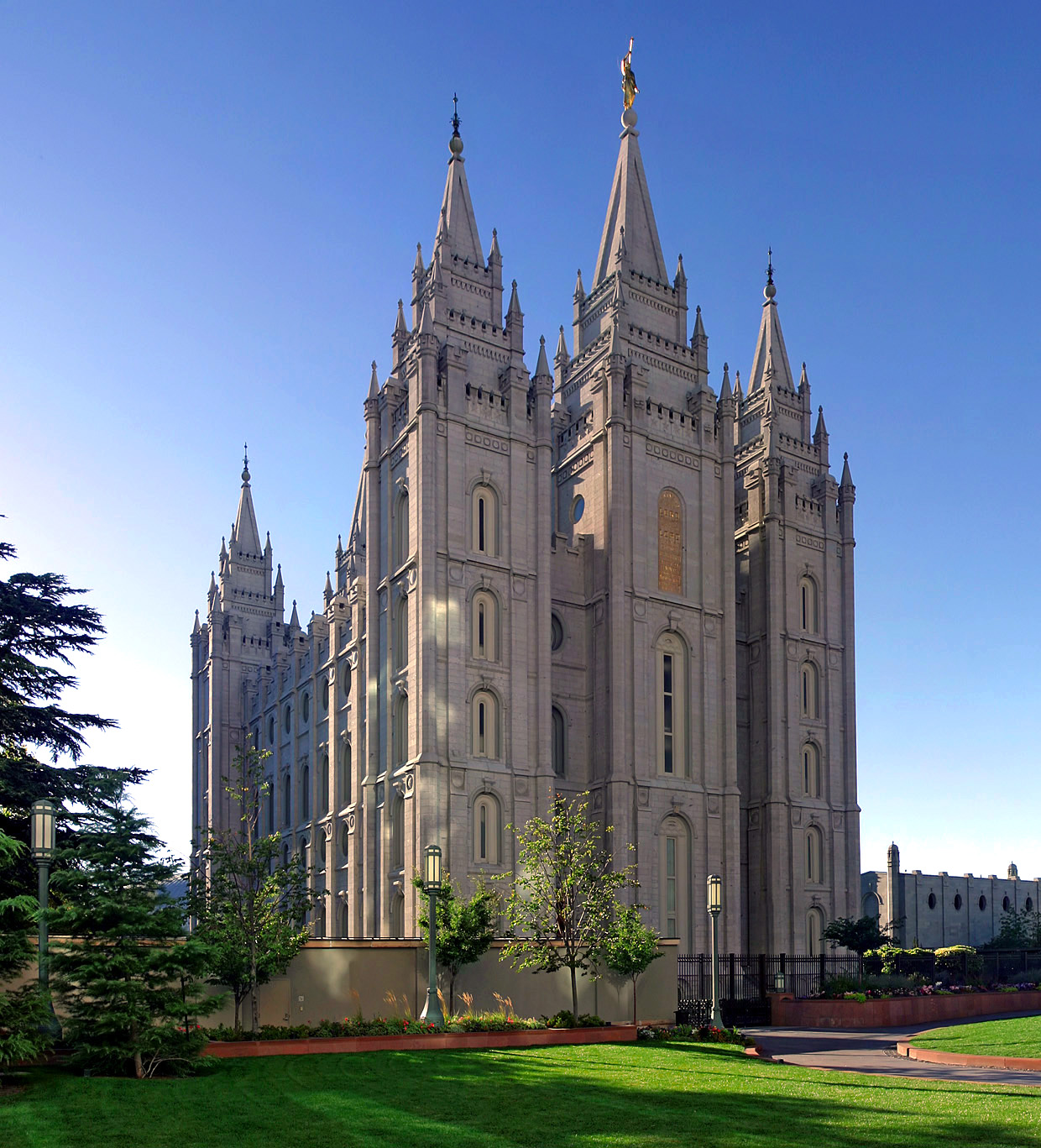Updated 4/11/2020: Apparently residents were confused by the letter and its ramifications for the area, as the department issued a clarification FAQ less than 24 hours later to clear up misunderstandings about from the plans within. Read more about the clarifications.
Today, The Southeast Utah Health Department head Bradon Bradford issued a letter advising the public to “expect” the public health order issued March 17—which closed restaurants and overnight lodging in most cases— will be renewed through May 4 in Grand, Emery and Carbon counties.
After that? The letter doesn’t contain hard answers for most, but muses on hypothetical plans for how to open Moab and the surrounding region back up for businesses.
Read the whole letter from the SEUHD
Bradford asks local businesses including salons and tattoo parlors to submit a “COVID-19 mitigation plan” to the health department that addresses public health guidelines.
Shortly after the informal letter was issued, the SEUHD posted on Facebook, saying, “For any confusion: If you make a submission your business could potentially open back up at the end of the current order, which ends April 15 at 11:59 p.m.,” a policy change that is not within the letter or previous health orders.
The previous health order which closed spas, salons, gyms and similar businesses stated that such businesses were to be closed indefinitely “due to the physical impossibility of compliance” with social distancing and public health orders. The Moab Sun News’s questions to SEUHD as to when this policy change was decided were not answered as of yet.
Jen Sadoff, CEO of Moab Regional Hospital, reported that Bradford had met with hospital officials that morning to give staff an update on policies.
“I mean, to some degree there does have to be a plan for reopening,” she said, emphasizing that for most businesses the closures would remain in place for over three weeks.
Sadoff also expressed gratitude that the May 4 date is after cases in Utah are expected to peak.
Imagining open businesses in the future
In the letter, SEUHD Health Director Brady Bradford offered guesses on the potential of opening restaurants.
“In the future, I envision opening restaurants to interior dining for 30% of capacity, growing to 50%, 75%, and 100% capacity (those numbers are not definite, but represent what a gradual return to normal might look like),” he wrote in the letter.
Bradford also threw out some theoretical plans on reopening overnight lodging as well.
“As we near May 4th, if we continue to see positive developments in the country, some changes that could be implemented are as follows: Short-term nightly rentals reopening with no in-person check in, grocery pick-up only, groups smaller than 10 people,” Bradford wrote.
Requests for clarification from SEUHD as to what the mention of “grocery pick-up” refers to have not been met at this time.
“These examples are not intended as guarantee of change but are examples of what might be necessary to implement in order to best balance health, safety, and economic concerns,” he wrote.
When asked whether the department was concerned these theoretical plans could cause confusion about the actual order, a public information officer from the health department said that the letter was written especially for overnight lodging owners.
“At this time we wanted to let people know, especially lodging, what to expect: if they could expect to accept new stays starting on the 16th or not,” wrote SEUHD’s Brittney Garff to the Moab Sun News.
“It’s only a letter,” said Garff. “We do not see this creating more confusion, rather it informs the public so they can see a future further out than the 5 days till the end of the current order.”
Bradford asks local businesses to submit a “COVID-19 mitigation plan” to the health department that addresses public health guidelines. Submission of such plans “may result in receiving approval from SEUHD to reopen in a limited fashion.
“Herd immunity”
“I would also like to remind community members that continued extreme social distancing can be as hazardous to each of our communities as a complete lack of social distancing,” wrote Bradford.
It’s unclear what “extreme social distancing” entails; Utah is one of only 9 states to have no mandatory stay-at-home order.
“If COVID-19 is never introduced into the community, then people don’t build up the immunity the need and we’ll never gain what is termed ‘herd immunity’ or the ability for enough of people to become immune to a disease that it protects those that do not have that ability,” wrote Bradford.
“Herd immunity” is when a majority of people become immune to an infectious disease, so the disease stops spreading within that community. However, the immunity does not work with every virus and relies on many people in a community contracting the disease.
In March, Boris Johnson, prime minister of the United Kingdom, announced he believed herd immunity was key to his county’s COVID-19 response. A letter signed by over 501 mathematicians and scientists urged him to reconsider, saying that “thousands of lives can be spared” by social distancing measures. The prime minister changed his policy; he later fell ill with COVID-19 himself and was hospitalized.
However, Bradford writes that in the absence of a vaccine for the disease “what is best for public health, is to have a controlled way of introducing disease into a community, done in such a way as to protect our most vulnerable populations and maintain the integrity of our healthcare systems.”
MRH’s Sadoff was practical about the approach, while expressing some concern.
“Honestly, it’s unlikely that we’ll keep the country on lockdown until there’s a vaccine,” she said in a call with the Moab Sun News.
“The reality is that for herd immunity to occur we would need some indication that COVID-19 had already been here and a ton of people have developed immunity,” she said.
Without that, hospital strategy is focused on isolating individuals who are high-risk, particularly the elderly and those with compromised immune systems, from the spread of the illness.
However, as COVID-19 has been seen to make even seemingly healthy younger patients severely ill, she noted the limits of this practice.
“There are people who are considered ‘low-risk’ who are dying,” she said.
“How do you decide that someone is not at risk? We’ve seen totally healthy teens and twenty-year-olds die” in areas around the country, she said.
Bradford’s letter also mentions goals of increased regional testing. Sadoff expanded on that.
“We’re starting to do testing of asymptomatic individuals and we’re hoping that the health department and the state will help us as well,” she said, stating that the hospital hopes to quickly increase the amount of tests for employees who work with high-risk populations, particularly homes for the elderly.
“If the disease gets into a long-term care facility,” Sadoff noted, “that’s where you see a lot of deaths.”
To end the letter, Bradford asks for “constructive feedback” to be sent to his email address at bbradfor@utah.gov.




